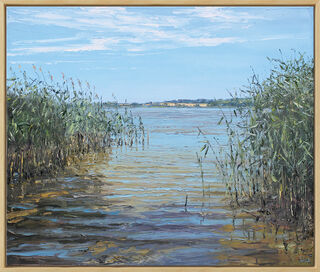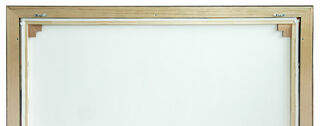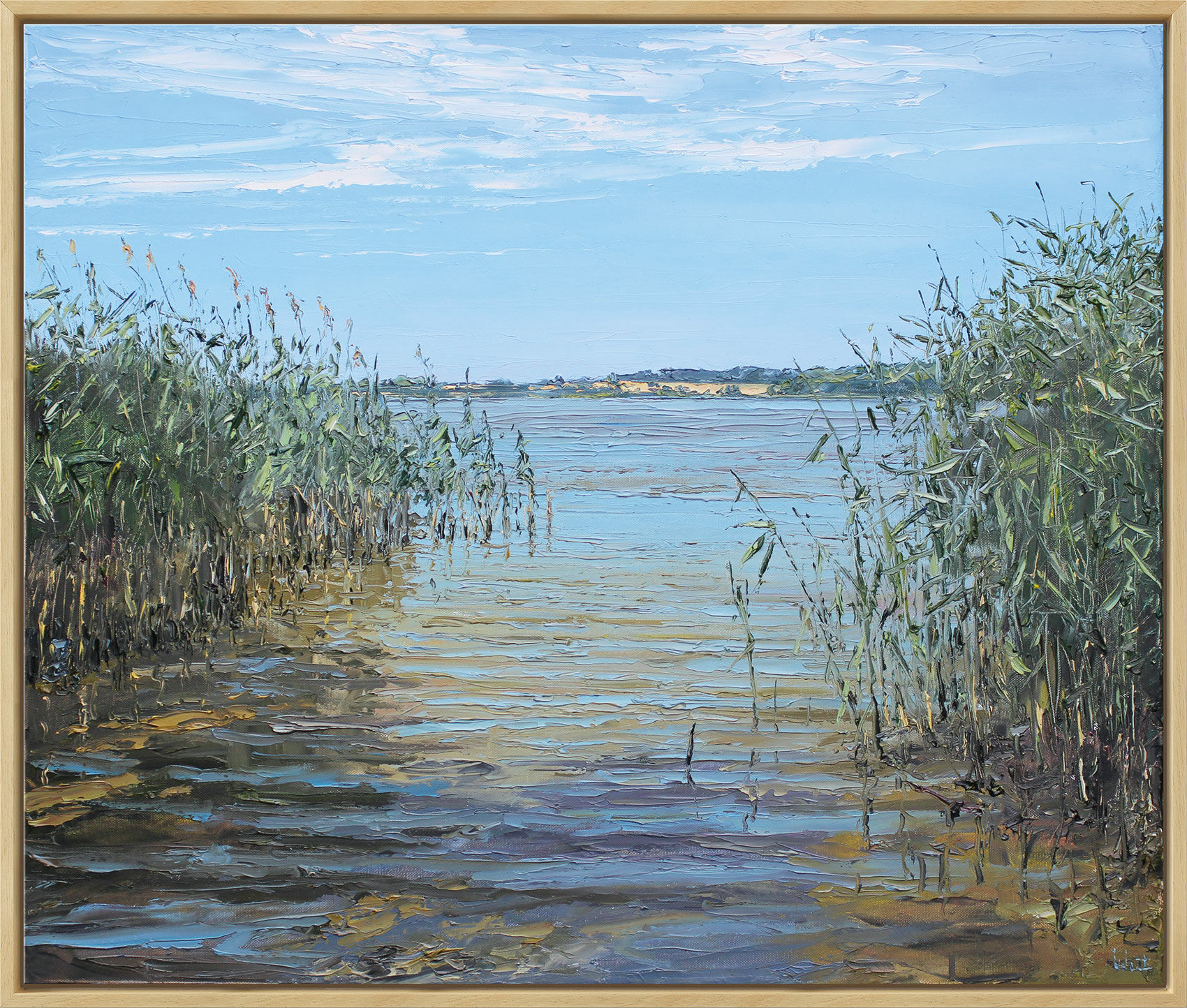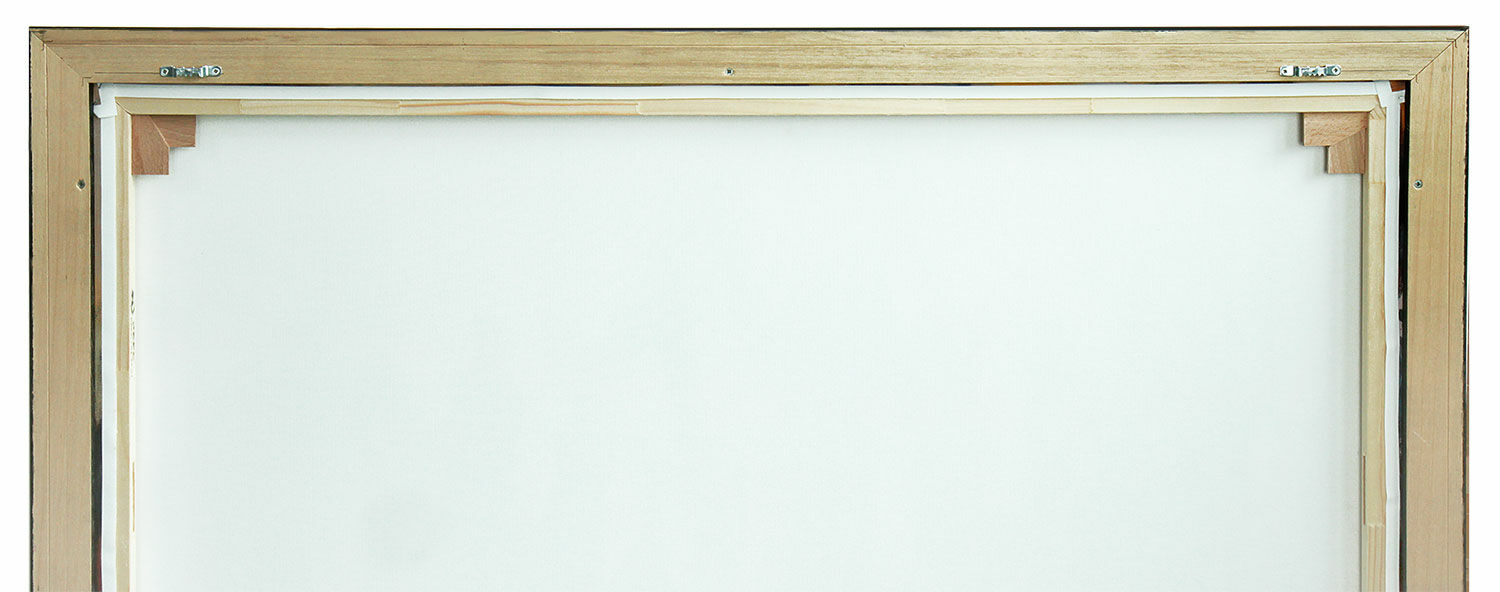Picture "Mecklenburg Lake" (2018), framed


Picture "Mecklenburg Lake" (2018), framed
Quick info
ars mundi Exclusive Edition | limited, 199 copies | numbered | signed | reproduction on canvas | on stretcher frame | framed | size 62 x 73 cm (h/w)
Detailed description
Picture "Mecklenburg Lake" (2018), framed
His northern German landscapes made the artist Peter Witt famous. With this picture, he depicted a typical Mecklenburg scene with gentle waves and lush shore vegetation.
Original: Oil on canvas, 50 x 70 cm.
Reproduction on canvas, stretched on a stretcher frame. Limited edition of 199 copies, numbered and signed on the back. Stretcher frame size 59 x 70 cm (h/w). Framed in a light solid wood frame. Size 62 x 73 cm (h/w). ars mundi Exclusive Edition.
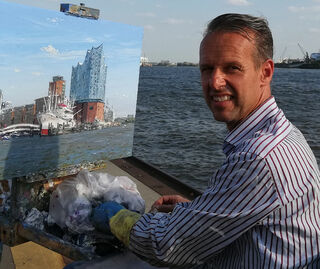
About Peter Witt
The landscape painter Peter Witt was born in 1966 in Itzehoe and grew up in Lübeck, Germany. After graduating from high school and serving in the German army, he decided to study physics in 1986. But in the same year, together with his childhood friend Stefan Dobritz, he met the painter Jürgen Runge. Rünge, who was a student of Oskar Kokoschka, taught Dobritz and Witt oil painting with the palette knife technique.
The first exhibition took place in the Buddenbrookhaus in Lübeck as early as 1988, followed by annual summer exhibitions on the island of Sylt from 1991 and the opening of their gallery in the gatehouse of Gut Hasselburg in 1994 – always together with Stefan Dobritz. Today Witt and Dobritz run a gallery in Westerland.
Peter Witt prefers to paint "en plein air" in the open air if the subject and the weather permits. That is what makes his interpretations come alive and comprehensible to everyone. This impression is further enhanced by the palette knife technique he uses. In particular, he sometimes thickly applies colours and deliberately emphasises light effects, which creates an amazing three-dimensionality.
Graphic or sculpture edition that was initiated by ars mundi and is available only at ars mundi or at distribution partners licensed by ars mundi.

